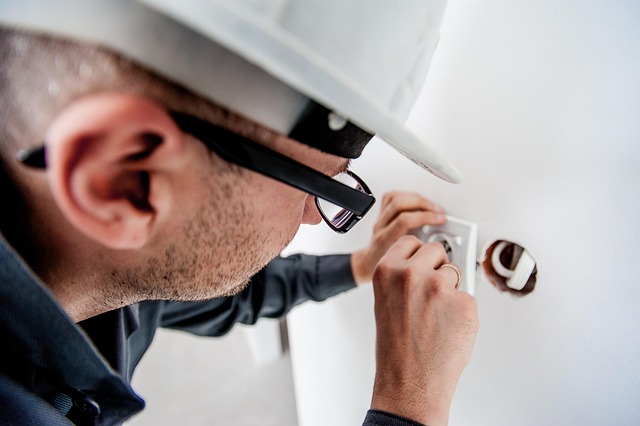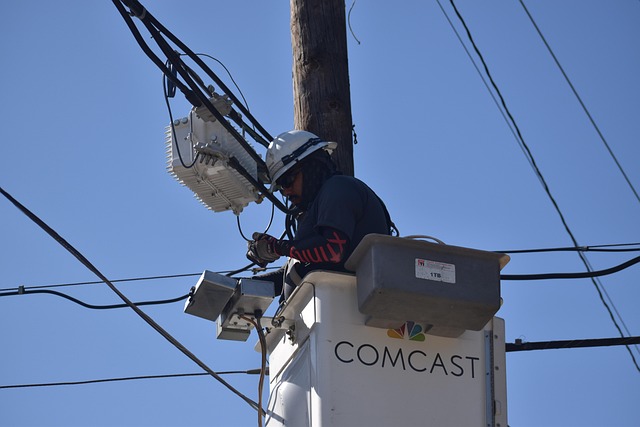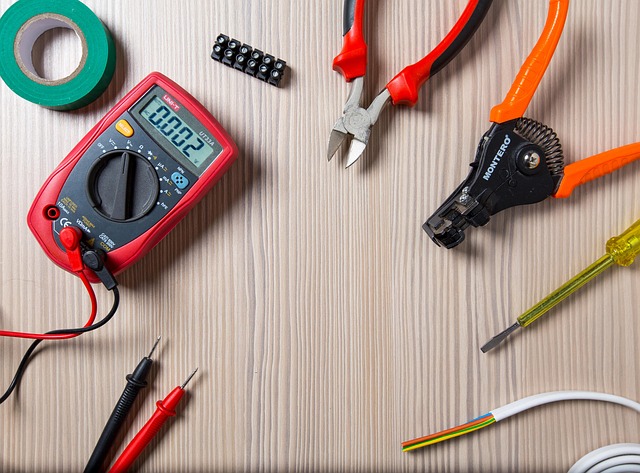Electrician expertise crucial for maintaining electrical panels, addressing issues like overloaded circuits and outdated equipment to ensure safety and power efficiency. Diagnosing problems involves visual assessment, tool-aided measurements, load testing, and insulation resistance testing. Safety first; turn off power supply before work. Regular inspection, cleaning, and maintenance recommended by professionals for well-maintained panels.
“Uncover the mysteries of your home’s electrical backbone with our comprehensive guide. This article equips electricians with essential knowledge on electrical panels, their function, and prevalent common issues. From understanding panel behavior to diagnosing problems using advanced tools, we explore time-saving techniques. Additionally, discover industry-leading resolution methods and safety practices to ensure every repair is efficient and secure. Dive into this essential resource for electricians seeking to master panel troubleshooting and upgrades.”
- Understanding Electrical Panels: Function and Common Issues
- Diagnosing Problems: Tools and Techniques for Electricians
- Resolving Issues: Best Practices and Safety Measures
Understanding Electrical Panels: Function and Common Issues

Electrical panels, often referred to as service entrances, are the heart of a home or building’s electrical system. They serve as distribution points, managing power from the main supply to various circuits throughout the structure. Comprising circuit breakers or fuses, these panels ensure safe and efficient power distribution. However, over time, they can encounter issues that lead to faulty operation or even safety hazards.
Common problems include overloaded circuits, outdated equipment, damaged wiring, or worn-out components. An overloaded panel may trip circuits frequently, indicating excessive electrical demand. Outdated panels might not meet modern safety standards, posing potential risks. A qualified electrician is essential for diagnosing and resolving these issues, ensuring the electrical system operates safely and effectively.
Diagnosing Problems: Tools and Techniques for Electricians

Diagnosing problems with electrical panels is a critical skill for any electrician. The first step involves a thorough visual inspection, where professionals look for signs of damage, corrosion, or loose connections. Specialized tools like multimeters and voltage testers are essential here, allowing electricians to measure voltage, current, and resistance to identify faulty components.
Furthermore, electricians employ advanced techniques such as load testing, insulation resistance testing, and functional testing. Load testing helps determine if the panel is handling its electrical load adequately. Insulation resistance testing checks for any breakdown in insulation, while functional testing ensures that all switches, breakers, and fuses are operating correctly. These methods enable accurate diagnosis, leading to effective resolutions for various electrical panel issues.
Resolving Issues: Best Practices and Safety Measures

When addressing issues with electrical panels, prioritizing safety is paramount. Always turn off the main power supply before beginning any work. This crucial step prevents accidental shocks or short circuits during troubleshooting and repairs. Consulting a qualified electrician is essential for complex problems, as they possess the expertise to diagnose subtle issues that might go unnoticed by laypersons.
Best practices involve regular inspection of panels for signs of damage, excessive heat, or loose connections. Keeping the panel area clean and organized enhances accessibility for maintenance. Using insulated tools and following manufacturer guidelines for component replacement ensures accurate troubleshooting and minimizes the risk of electrical hazards. Remember, a well-maintained electrical panel is key to a safe and efficient home or business environment.
When it comes to addressing electrical panel issues, a qualified electrician is indispensable. By understanding the function of these panels and common problems, professionals can efficiently diagnose and resolve them using specialized tools and techniques. Adhering to best practices and safety measures ensures not only effective solutions but also protects against potential hazards. Whether dealing with faulty wiring, outdated components, or overloads, an electrician’s expertise is key to maintaining a safe and reliable electrical system.
